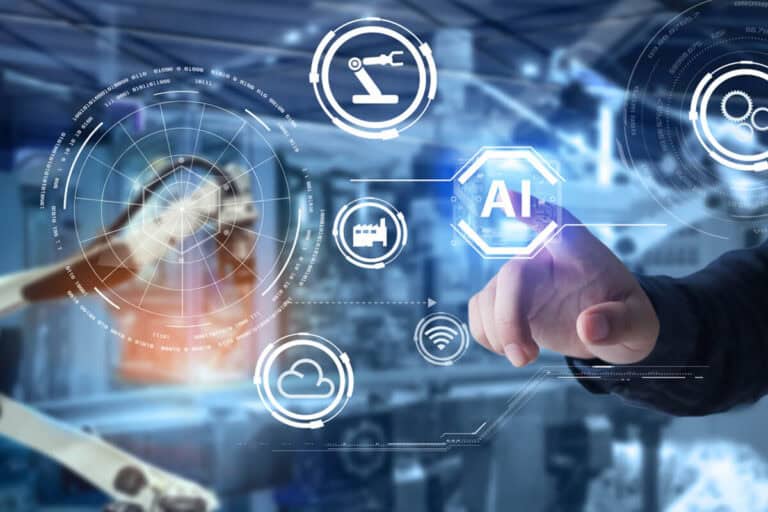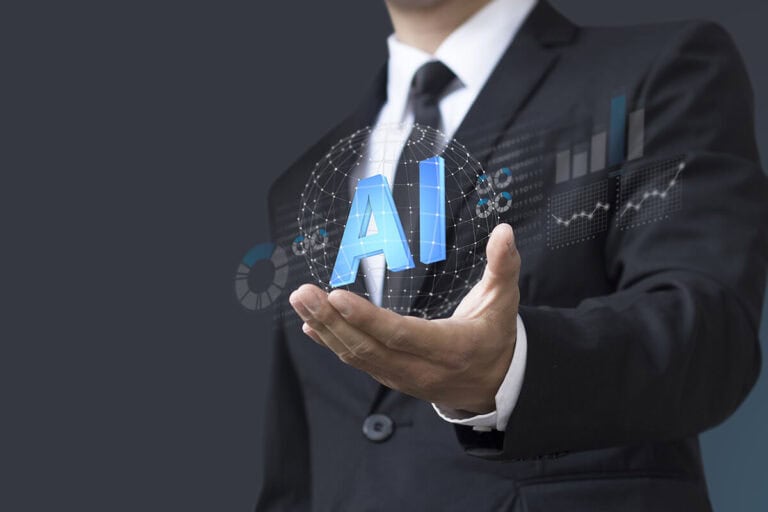Driverless cars are coming. At present, there are more than 30 companies across the globe that say they are working on autonomous vehicle technology.
Table of Contents
ToggleLeading the race for market share is Google sibling Waymo, which is on course to launch a driverless taxi pilot program for paying customers later this year in Phoenix, Arizona. Meanwhile, Tesla, General Motors, Daimler, BMW – not to mention tech firms like Uber and Apple – are all jostling for position at various stages behind.
In the East, China’s own tech giants – namely, the BAT triumvirate of Baidu, Alibaba and Tencent – are investing heavily in driverless technology projects; their BATmobiles getting ready to gobble up what a recent McKinsey report forecast to be the most valuable market for autonomous vehicles in the world – $500 billion by 2030.
How quickly will autonomous vehicles become a mainstream reality? The jury’s still out on this one – not least because driverless technology companies still need to prove safety to lawmakers and the wider public in general. That said, the global market for self-driving vehicles will be huge – £2.8 trillion by 2030, some say. With such big bucks up for grabs, the first-to-market race will remain intense, meaning that driverless technology will surely be with us soon enough.
The Pros and Cons of Autonomous Vehicles and Driverless Technology
As with any disruptive technology, there will of course some pros and cons in our stunning new world of self-driving cars.
Imagine being able to put your feet up and read the paper on the drive into work, or maybe catch an extra 30 minutes of sleep. And forget about traffic jams – an AI-powered vehicle will be constantly monitoring real-time traffic data and calculating the least busy route to save time. In any case, autonomous vehicles fitted with sensors, cameras, digital radars, and the ability to communicate with surrounding cars will be able to travel safely much closer to one another, cutting down on inner city congestion. And with increased car-sharing opportunities, there will be a reduced need for inner city parking spaces – again, easing those jams.
What’s more, with self-driving cars all being manufactured as electric vehicles, environmentally harmful emissions will be a thing of the past. We can also expect there to be less accidents – the World Health Organization estimates 1.25 million people are killed in traffic accidents annually, with human drivers being mostly at fault. With safety such a priority concern for all driverless technology companies, this figure is expected to decrease significantly when there are more self-driving cars on the road.
The Impact on Employment
There are many apparent positives to the rise of largely driverless traffic. But there will be some fallout, such as jobs which currently employ human drivers.
The reality is that within a couple of decades – much sooner in major international cities – the taxi driving profession will no longer exist. The arrival of Uber and other mobile app-powered ride-hailing companies like Lyft has already piled massive pressure onto the sector, as anyone with a car and driving license is suddenly able to become a part-time (or even full-time) cabbie. However, Uber’s end game – sprawling driverless taxi fleets – will mean that even ‘civilian’ taxi drivers will also prove to be a fleeting moment in employment history.
There are around 1.5 million ride-hailing app drivers in the USA between Uber and Lyft alone –these individuals should presume the clock is ticking on their current employment opportunity.
However, it is the truck driving profession that is anticipated to be impacted the most. With around 3.5 million professional truck drivers in the US, truck driving is the most common occupation in 29 out of 50 states, accounting for 2% of overall employment.
There are multiple forecasts on how driverless technology will impact trucker employment. Goldman Sachs has put it at 25,000 jobs per month. The McKinsey Global Institute believes 1.5 million jobs will be lost over the next 10 years, and the International Transport Forum’s analysis says 2 million American and European truckers could be directly displaced by 2030.
Bus drivers and tram drivers will also be impacted. Many metro systems around the world are already driverless. Chauffeurs, too, are at risk, as are forklift truck drivers in warehouses, and drivers operating vehicles used in agriculture and construction. Delivery drivers are a huge category. In all, Goldman Sachs forecasts job losses of 300,000 a year in the US. The Bureau of Labor Statistics says 3.8 million people earn their livelihood by operating a motor vehicle – in a little over a decade, these people could all be out of work.
New Employment Opportunities
While it would be foolish to suggest that the impact of driverless technology on independent driver jobs will not involve a painful transition, the lessons of history should also offer optimism. The economy has a way of creating new roles and jobs to replace those made obsolete by advances in technology. A huge number of today’s jobs – many in IT, ecommerce, and digital sales and marketing, for instance – simply didn’t exist 30 years ago. Changes to supply and production lines across industries that rely on transport are just one area that is expected to produce new jobs when driverless technology becomes mainstream.
There are also many who believe that not all of the jobs considered to be under threat from driverless technology will be. They think, rather, some jobs will not only remain, but in fact be improved. Joe Rajkovacz, Director of Government Affairs and Communications at the Western States Trucking Association, explains in a recent article in The Atlantic how operating a truck involves much more than driving, meaning it will be a long time before it becomes obsolete. He believes the role of a truck driver will simply become more akin to that of a pilot. The truck will drive itself most of the time, but the driver will ride with it, responsible for maintenance, safety, and taking over for pick-up and delivery when the vehicle is not on the open highway.
Steve Viscelli, author of The Big Rig: Trucking and the Decline of the American Dream and a professor of sociology at the University of Pennsylvania, agrees the reality may be far less negative than being portrayed:
“You got this crappy job that no one really wants to do long-term. People can be away from their families for 200 days a year. Most young people are not willing to make that trade-off. So, right now, and in the foreseeable future as the trucking workforce continues to age, there are likely to be too few drivers, not too many”.
If history can tell us anything, it’s that although advances in technology often mean change in employment, they do not spell the end of it. The advent of driverless technology will almost certainly follow suit.
Summary:
Impact of Driverless Cars
Driverless cars are coming. At present, there are more than 30 companies across the globe that say they are working on autonomous vehicle technology. As with any disruptive technology, there will of course some pros and cons. AI-powered vehicle will be constantly monitoring real-time traffic data and calculating the least busy route to save time. In any case, autonomous vehicles fitted with sensors, cameras, digital radars, and the ability to communicate with surrounding cars will be able to travel safely much closer to one another, cutting down on inner city congestion. And with increased car-sharing opportunities, there will be a reduced need for inner city parking spaces – again, easing those jams. What’s more, with self-driving cars all being manufactured as electric vehicles, environmentally harmful emissions will be a thing of the past. We can also expect there to be less accidents – the World Health Organization estimates 1.25 million people are killed in traffic accidents annually, with human drivers being mostly at fault. With safety such a priority concern for all driverless technology companies, this figure is expected to decrease significantly when there are more self-driving cars on the road. The reality is that within a couple of decades – much sooner in major international cities – the taxi driving profession will no longer exist. The arrival of Uber and other mobile app-powered ride-hailing companies like Lyft has already piled massive pressure onto the sector, as anyone with a car and driving license is suddenly able to become a part-time (or even full-time) cabbie. However, Uber’s end game – sprawling driverless taxi fleets – will mean that even ‘civilian’ taxi drivers will also prove to be a fleeting moment in employment history.





